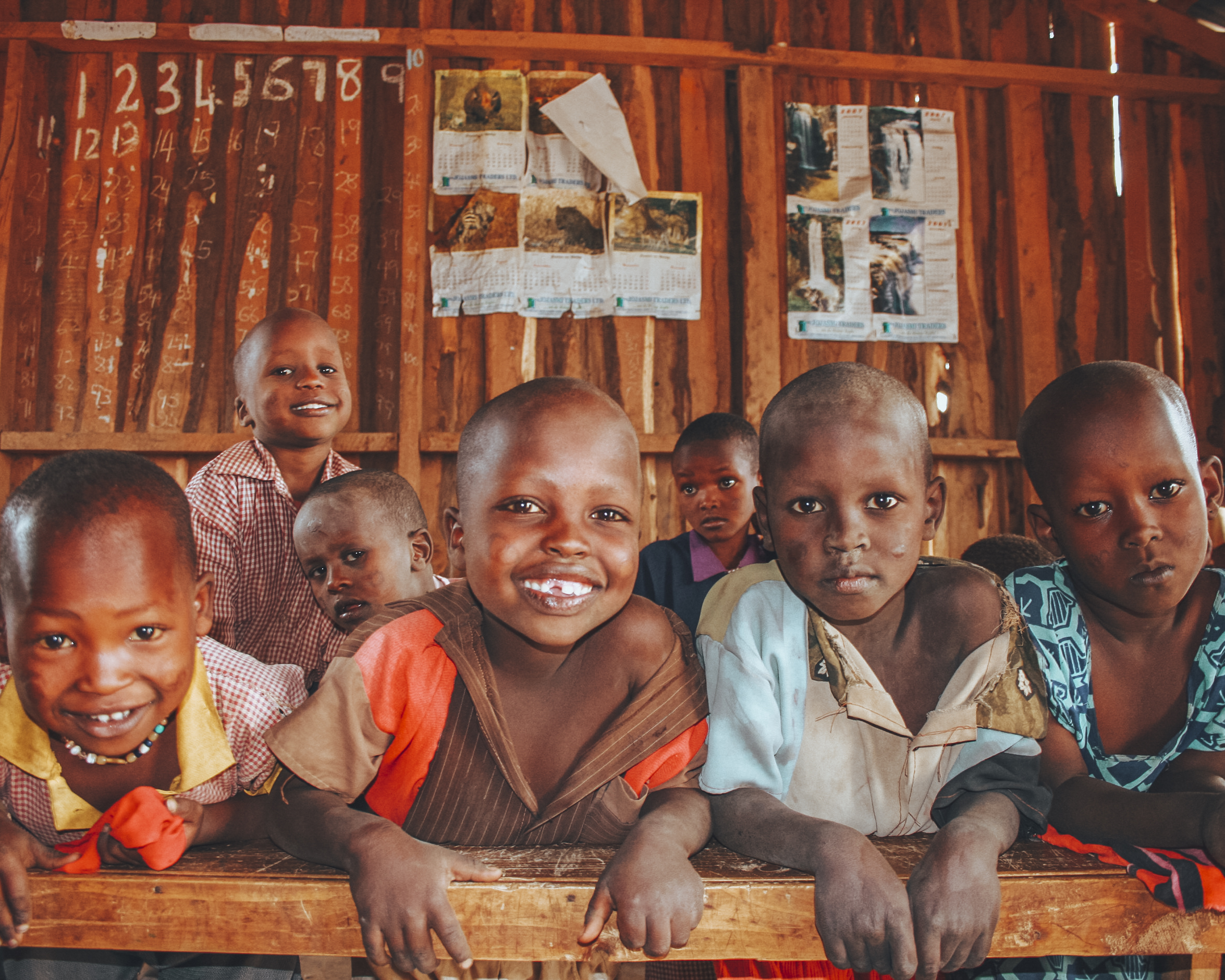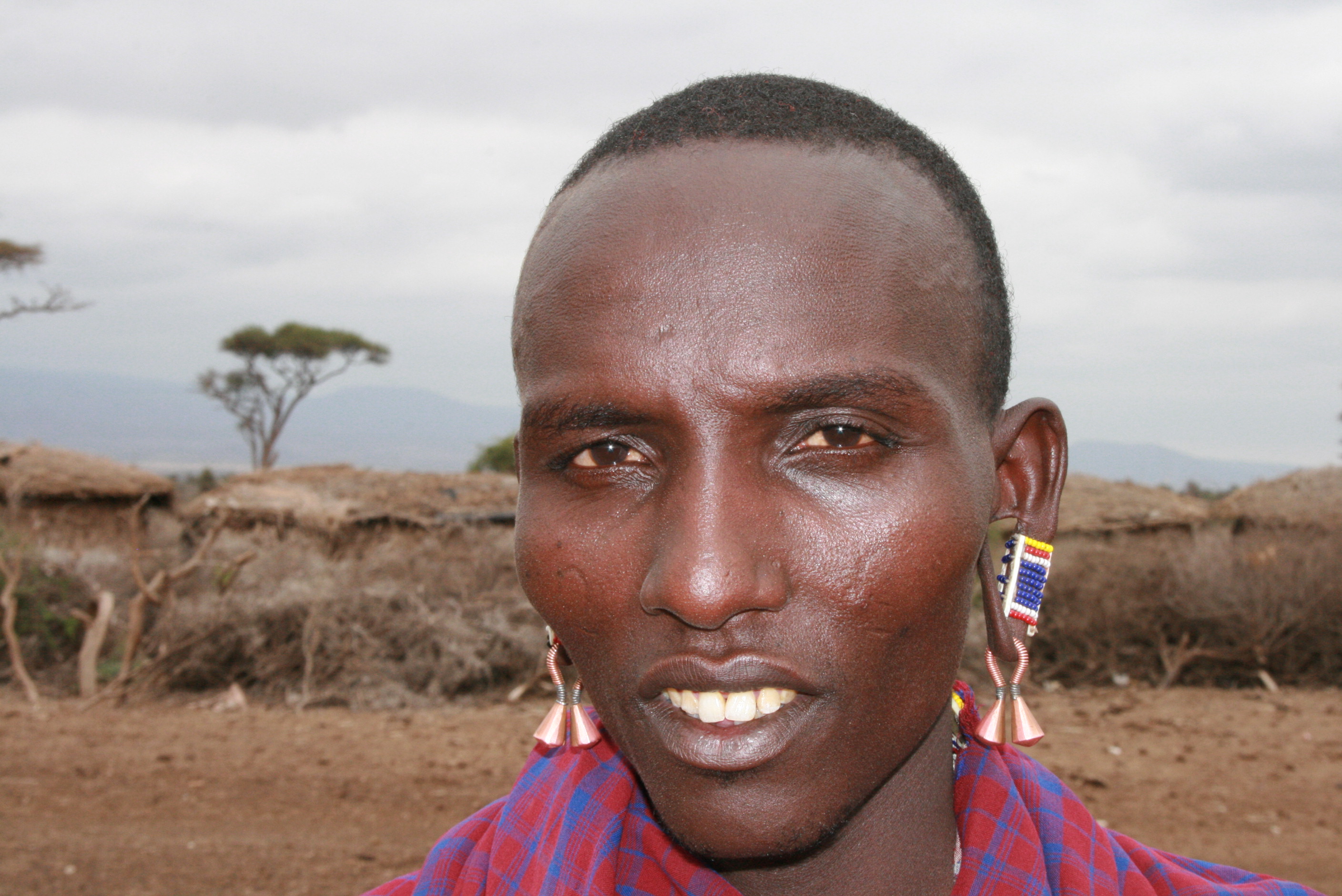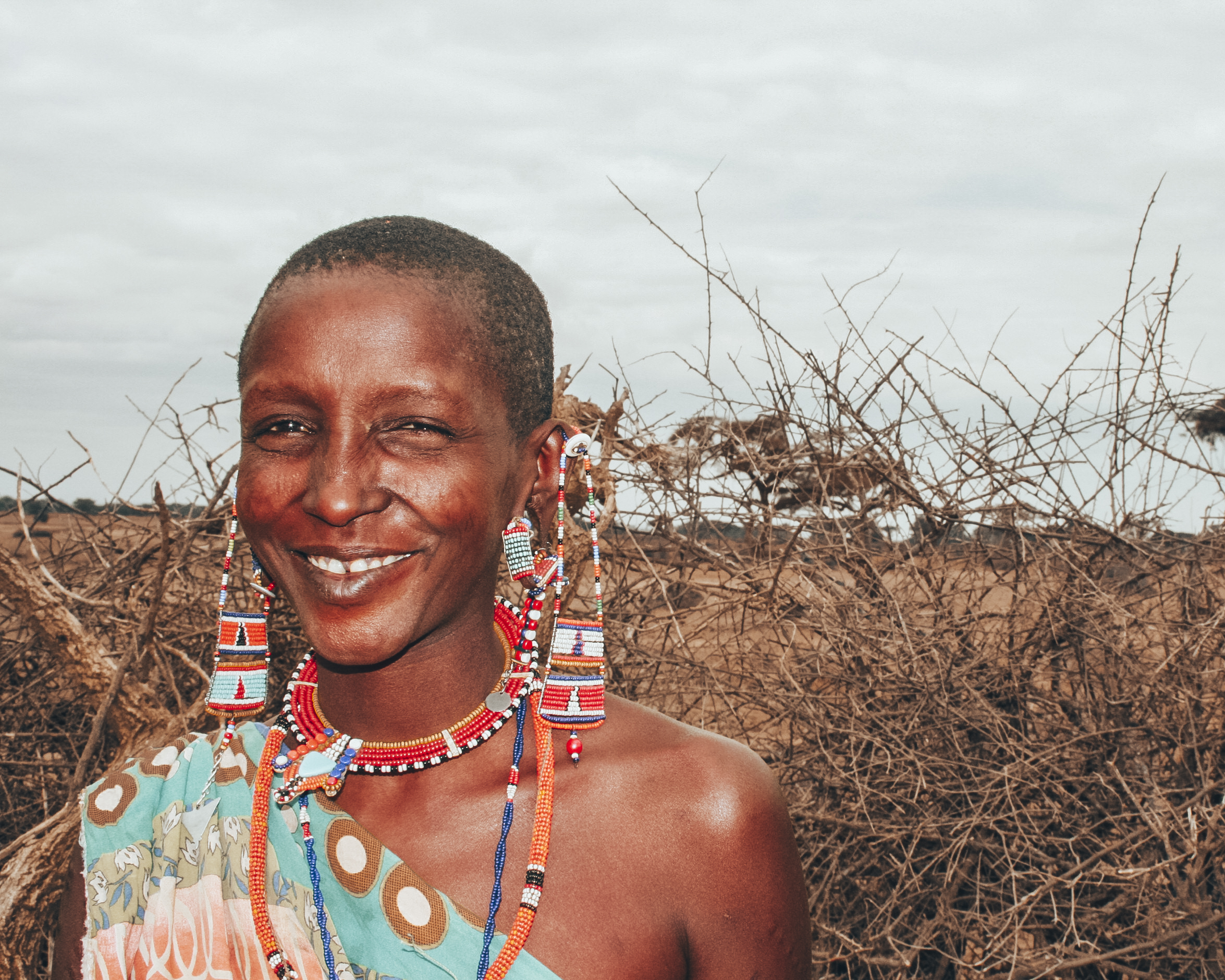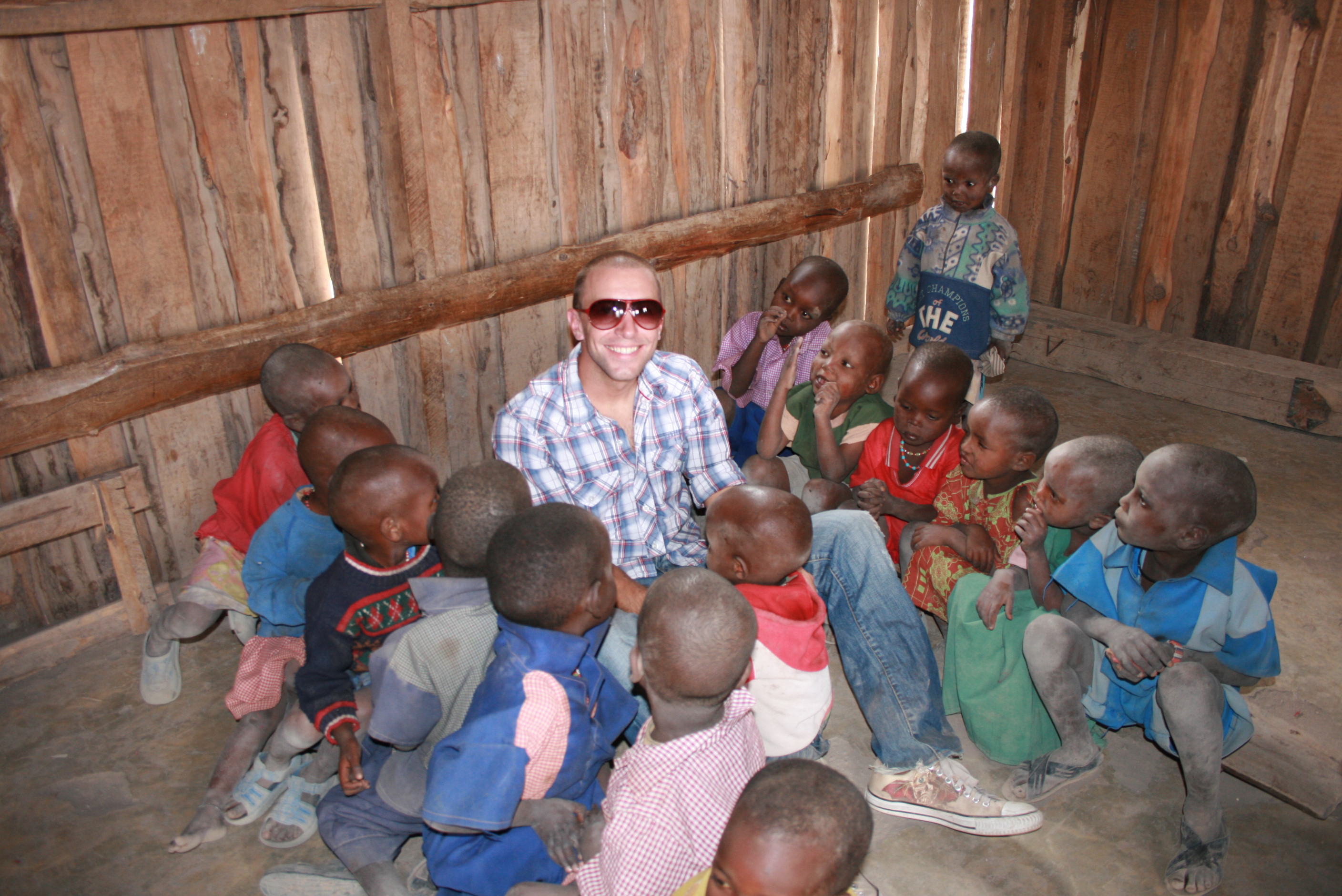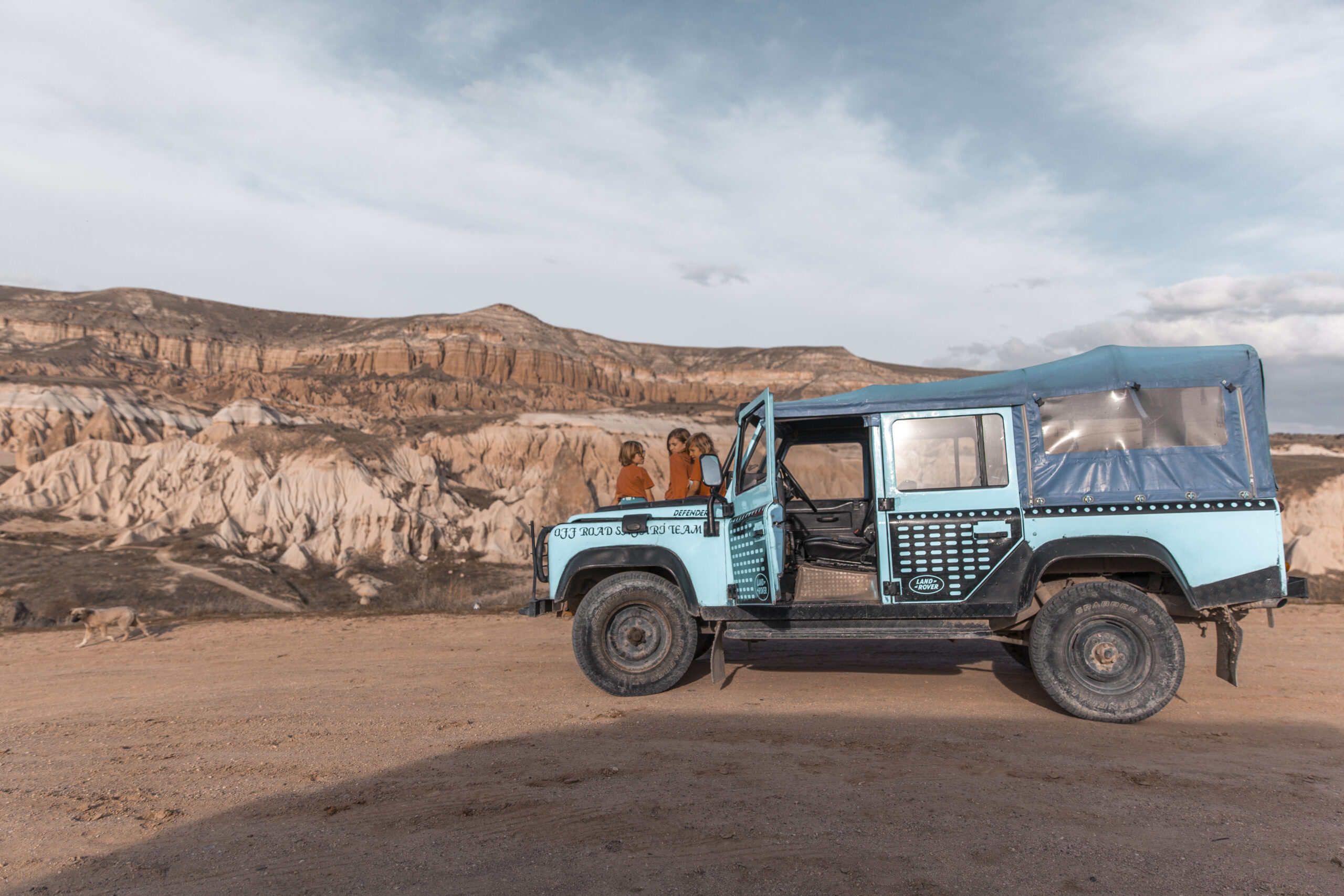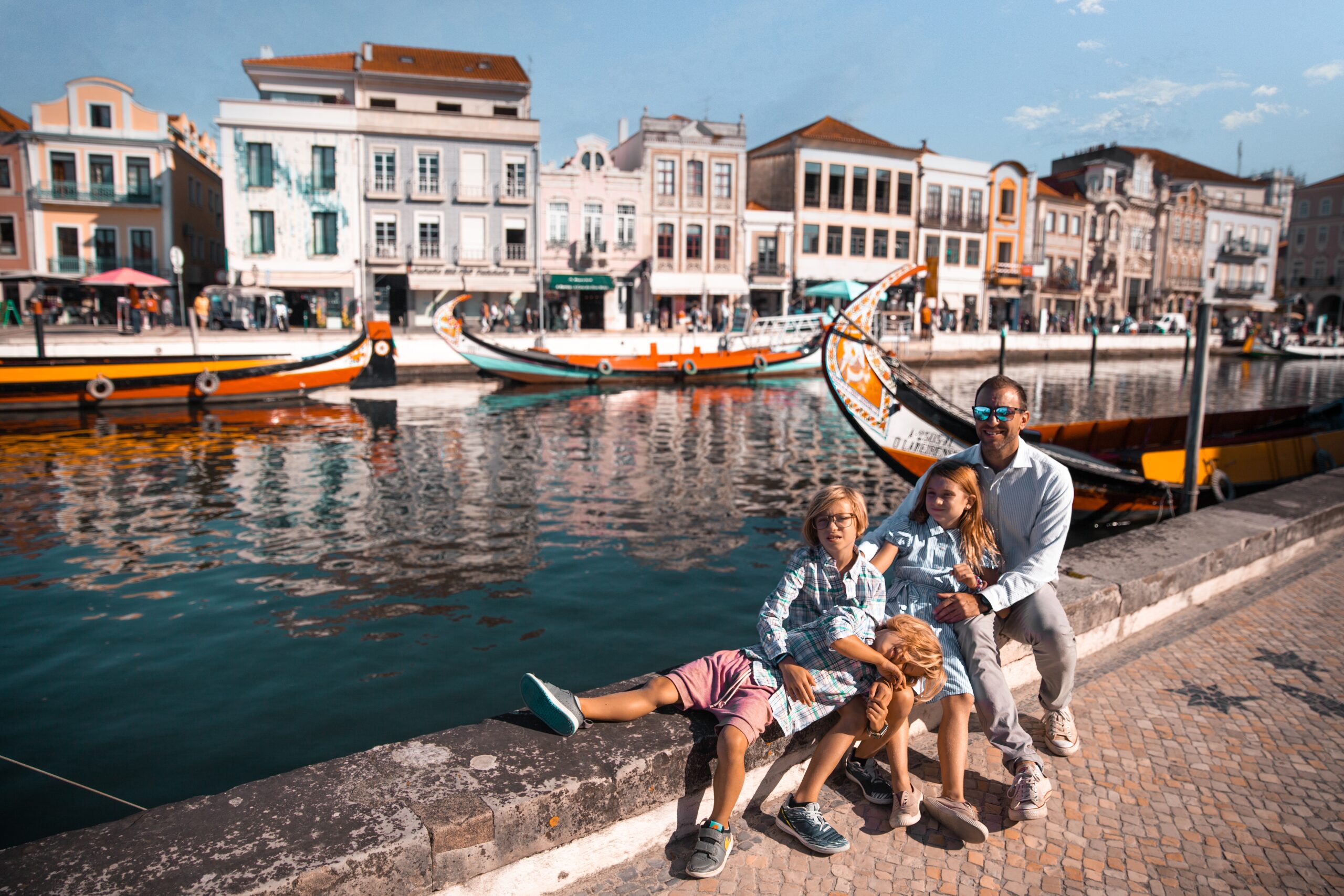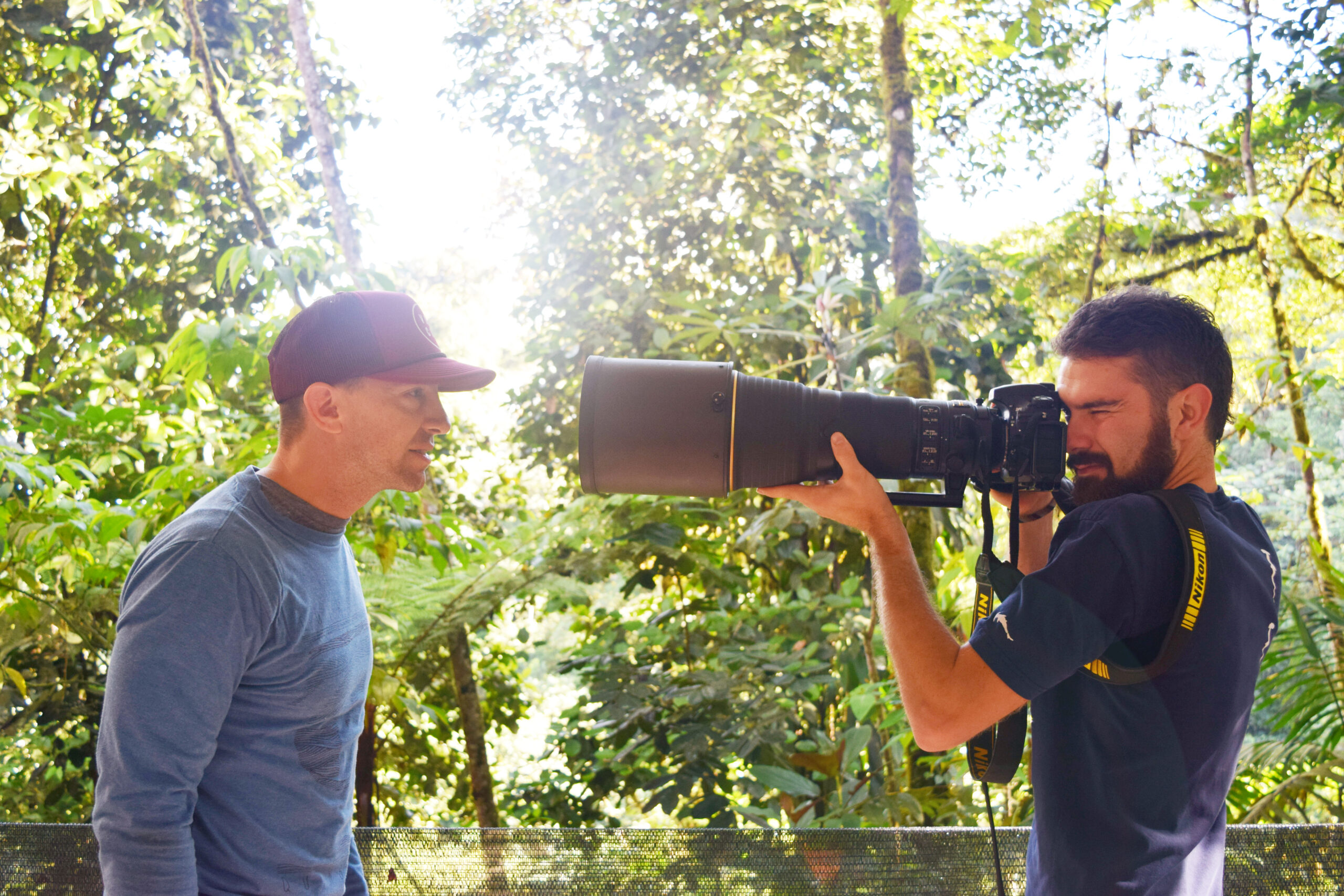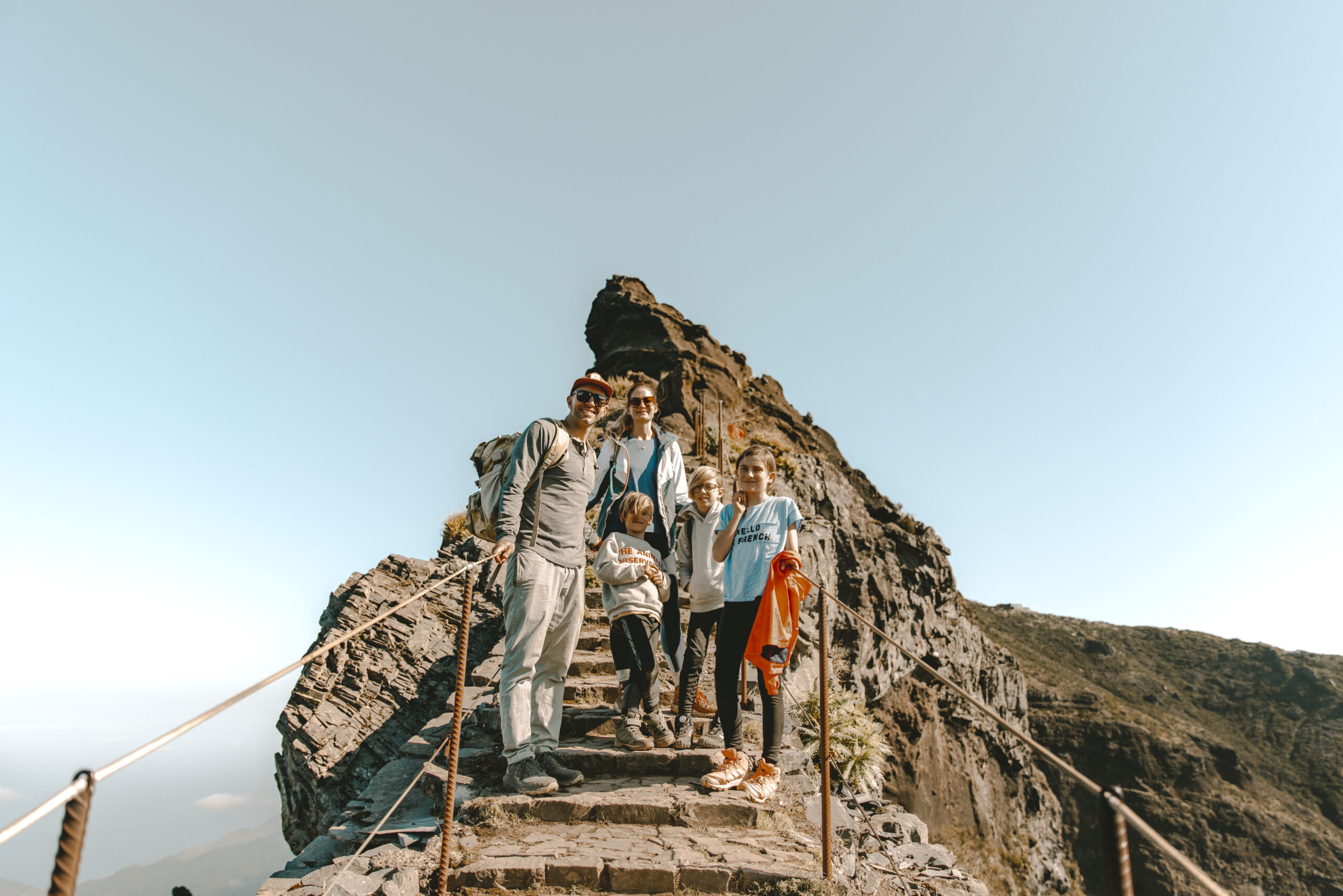If you go on an African safari, you will see many wonderful parks. This is an overview of just one of those parks.
What is Amboseli and Why Go There?
Amboseli National Park is a 151 square mile reserve in Kajiado County, Kenya. It is the second-most popular park in Kenya (behind Maasai Mara). The park boasts one of the best wildlife-viewing experiences in the world, with approximately 400 species of birds and 47 types of raptors. But the real reasons to stop here are the elephants – the park is famous for being the best place in Africa to get close to free-ranging elephants.
Where to Stay
Invariably, your safari operator or travel agent will determine this. But it doesn’t hurt to know your options. We stayed at the Kibo Safari Camp (Ranked #2 of 19 in Specialty Lodging in Amboseli Eco-system by TripAdvisor) near the park’s entrance. For just under $200/night, you’ll get a “glamping”-style tent, a warm shower, and a pool, all set in front of the mount Kilimanjaro backdrop.
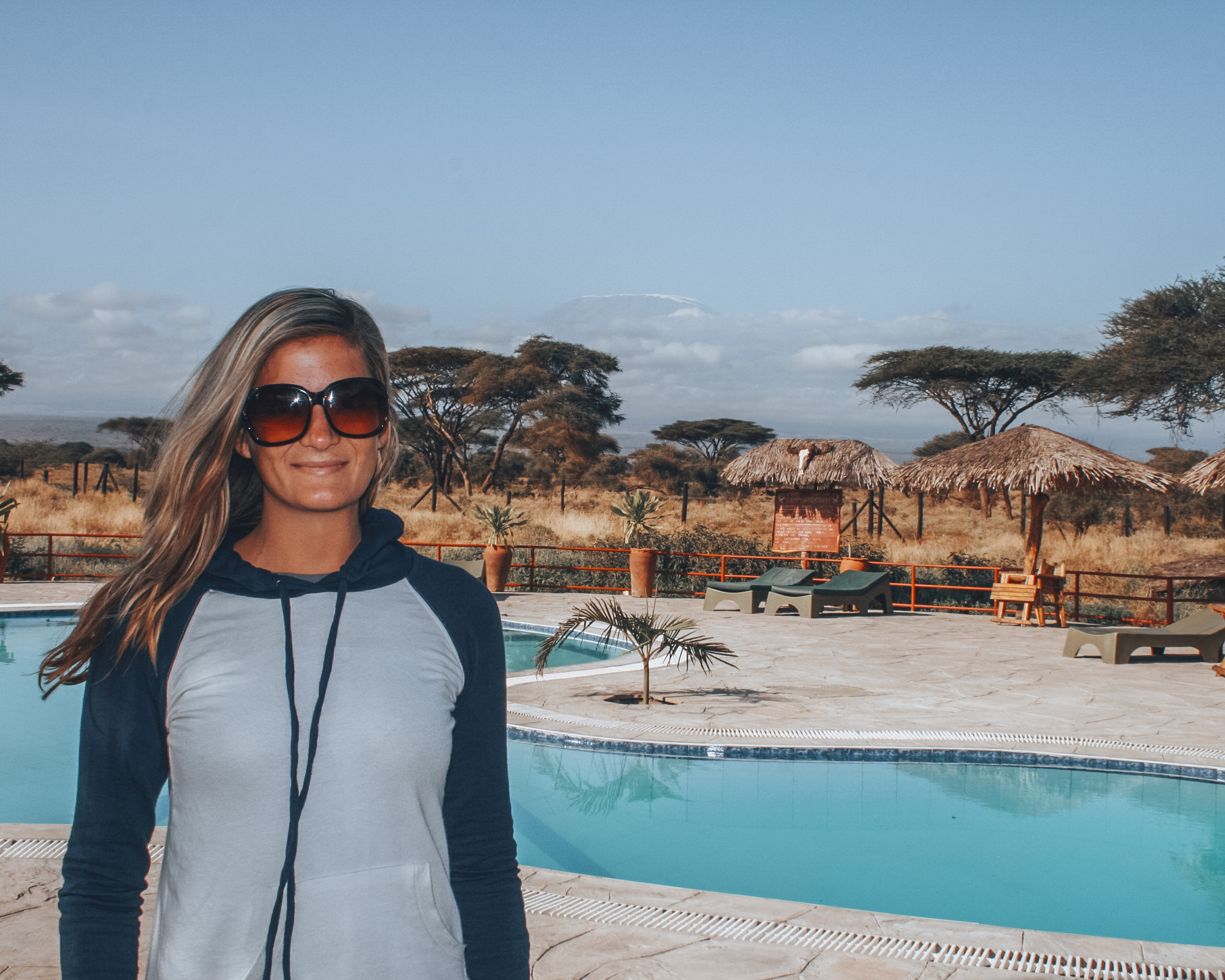
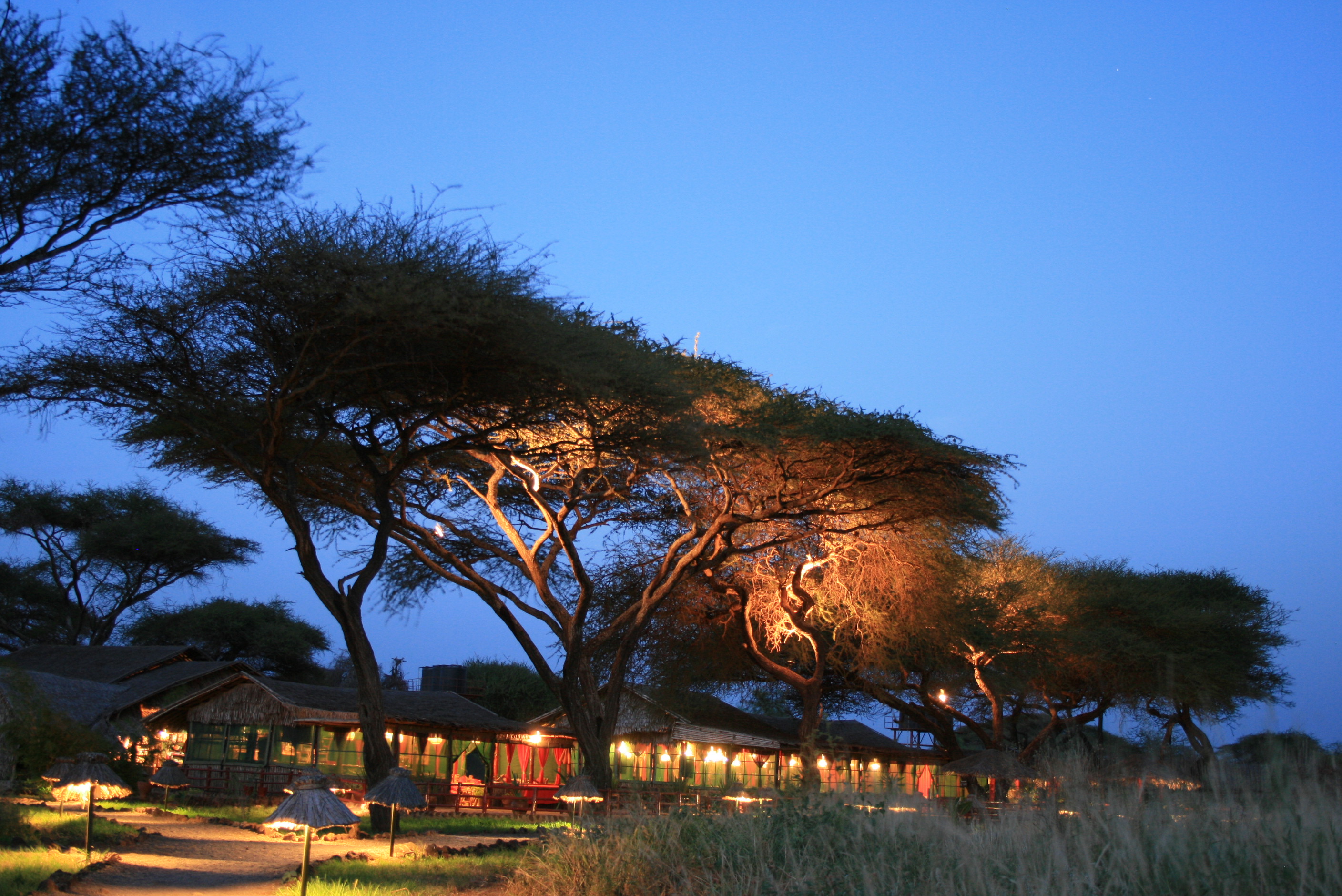
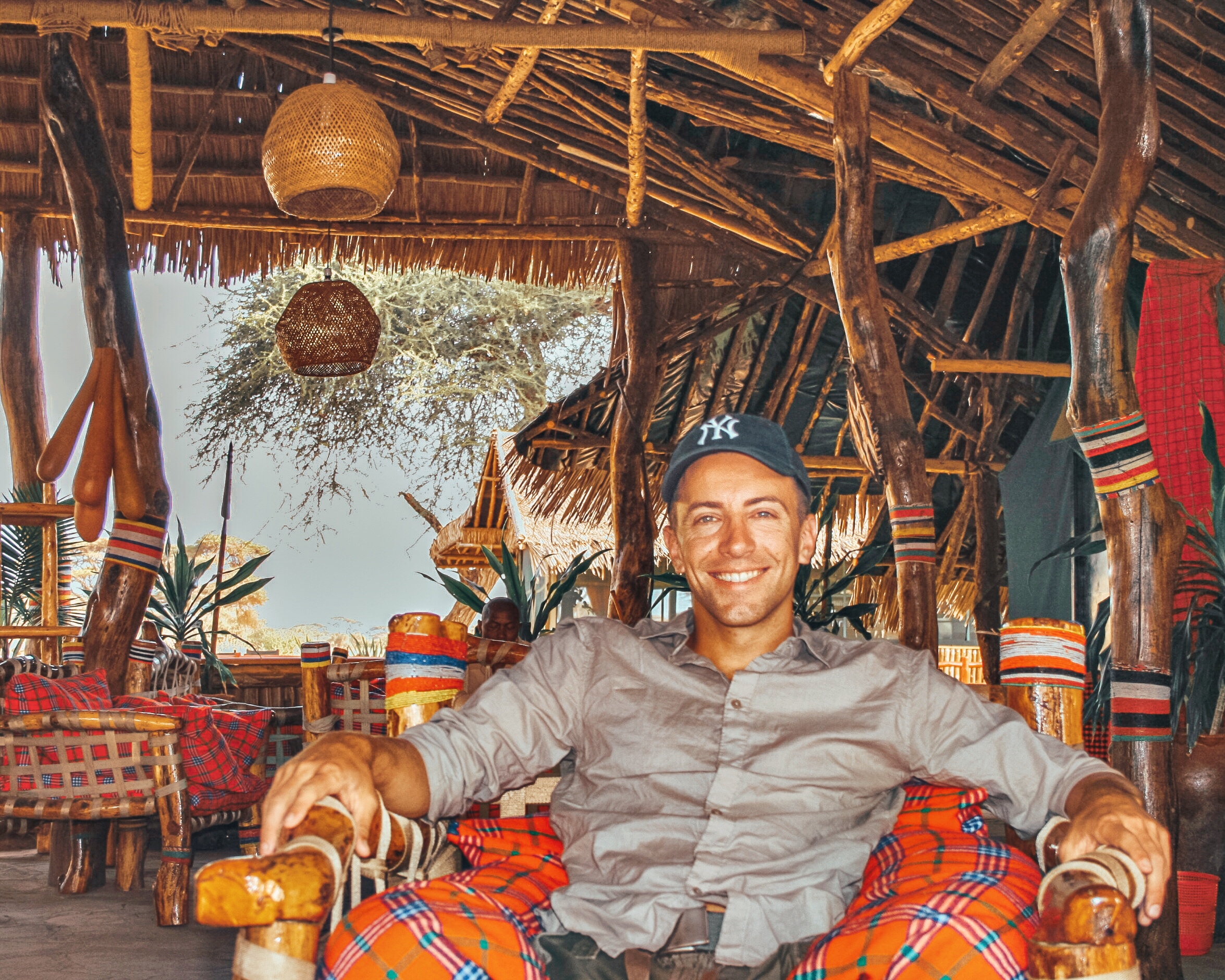
The Elephants
African elephants are a sight to behold. Far more dangerous than asian elephants, these beasts of the savannah are incredible from a distance, unbelievable up close. Elephant connoisseurs come from all over to Amboseli, a place with little vegetation due to long dry months, and therefore little coverage for the elephants. You’ll see them roaming in wide-open spaces – all with Mount Kilimanjaro (the highest free-standing mountain in the world) as a backdrop. Amboseli boasts over 900 free-ranging elephants.
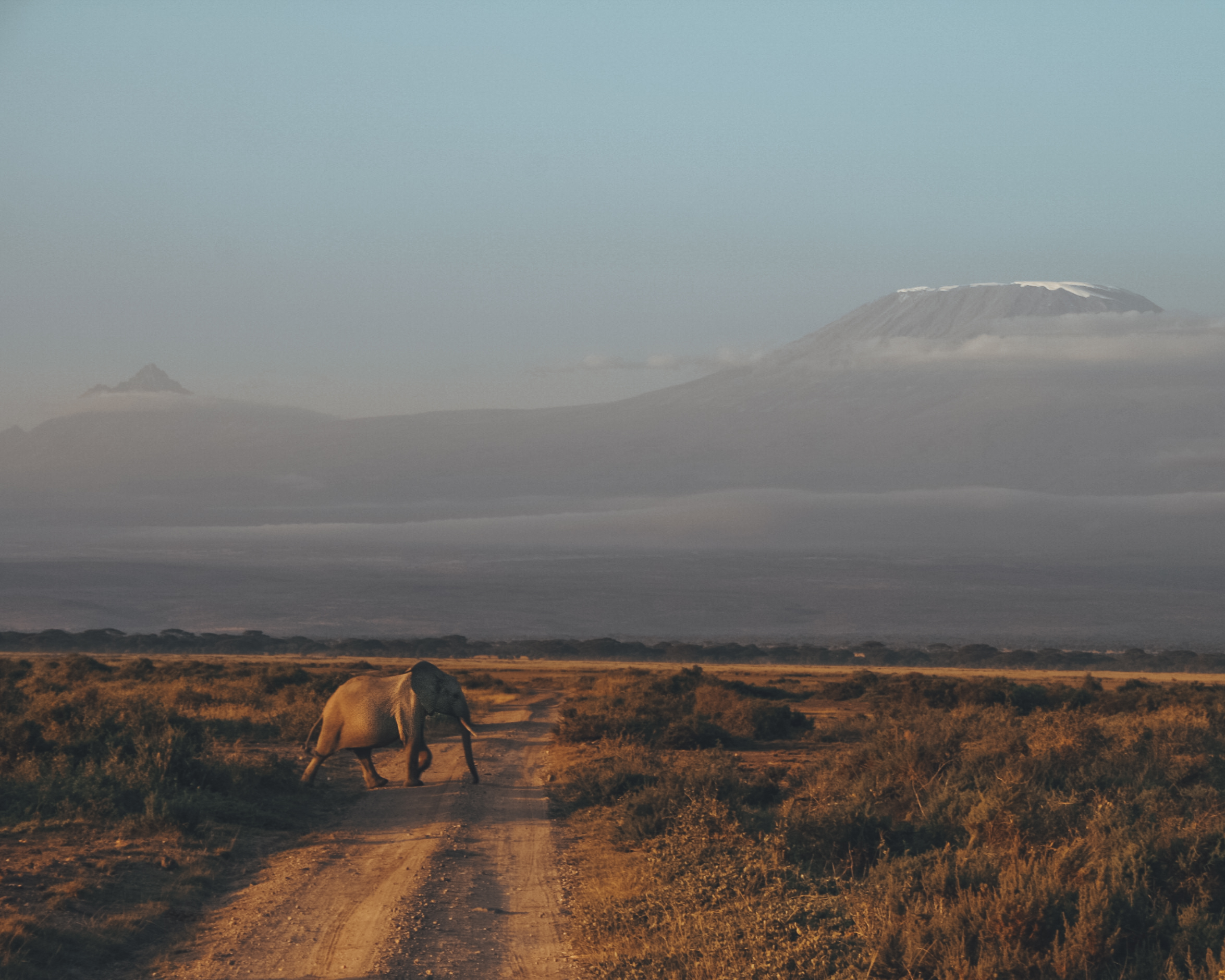
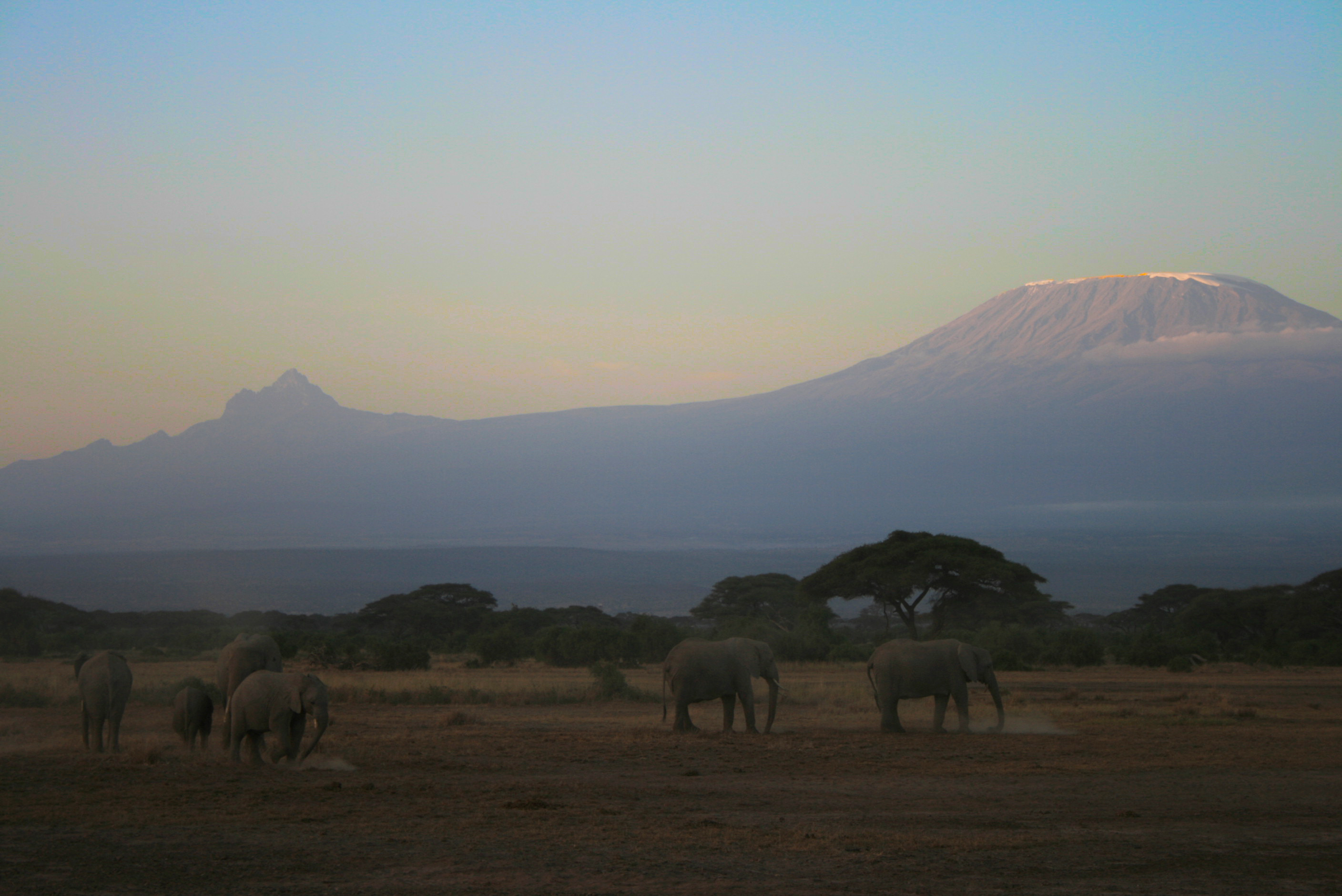
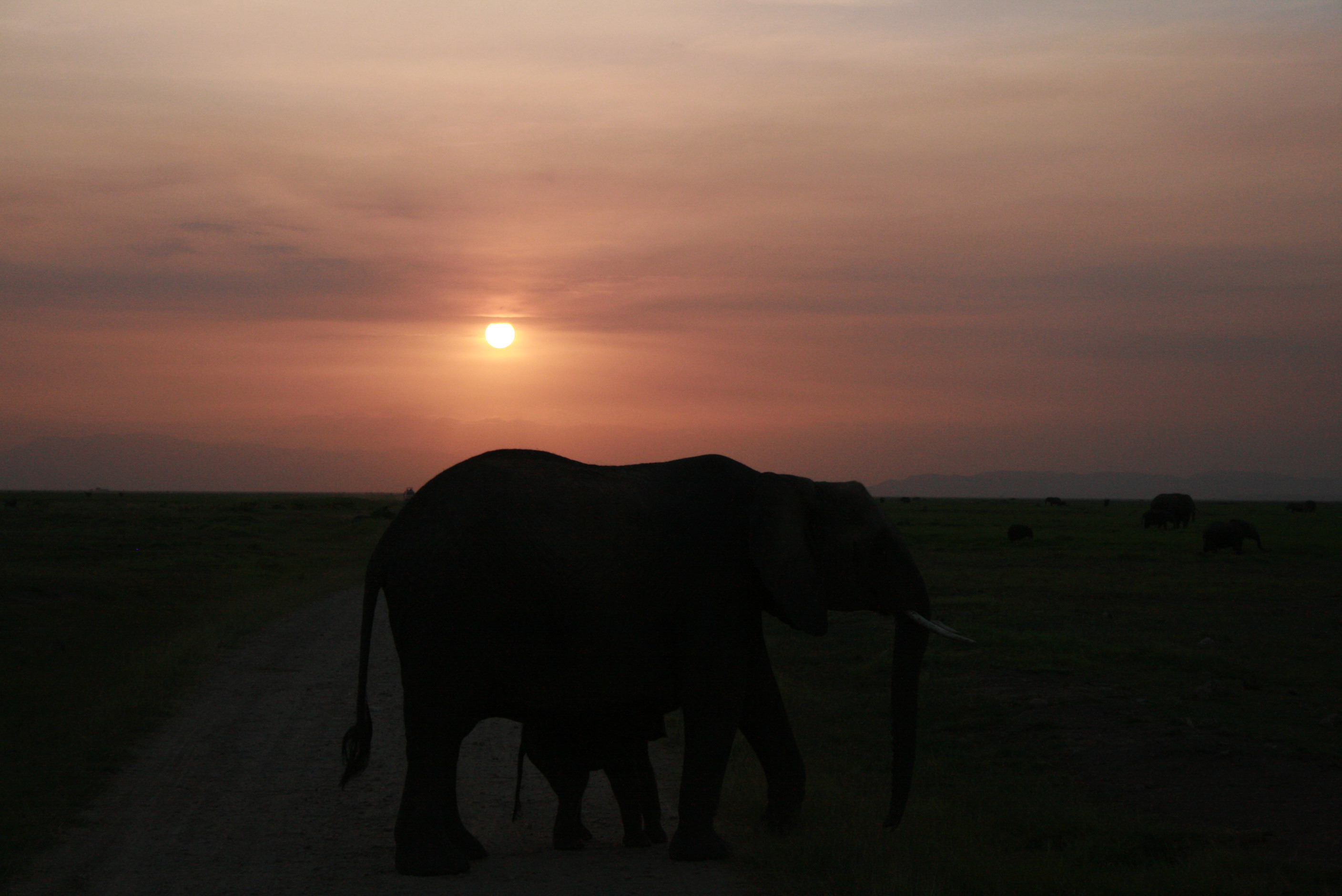
Maasai Village
An amazing bonus in Amboseli is the ability to visit a Maasai village. Amboseli was actually set aside as the “Southern Reserve” for the Maasai in 1906, but reverted to a game reserve in 1948. What to tell you about the Maasai that you don’t already know? Well, you know they jump high.
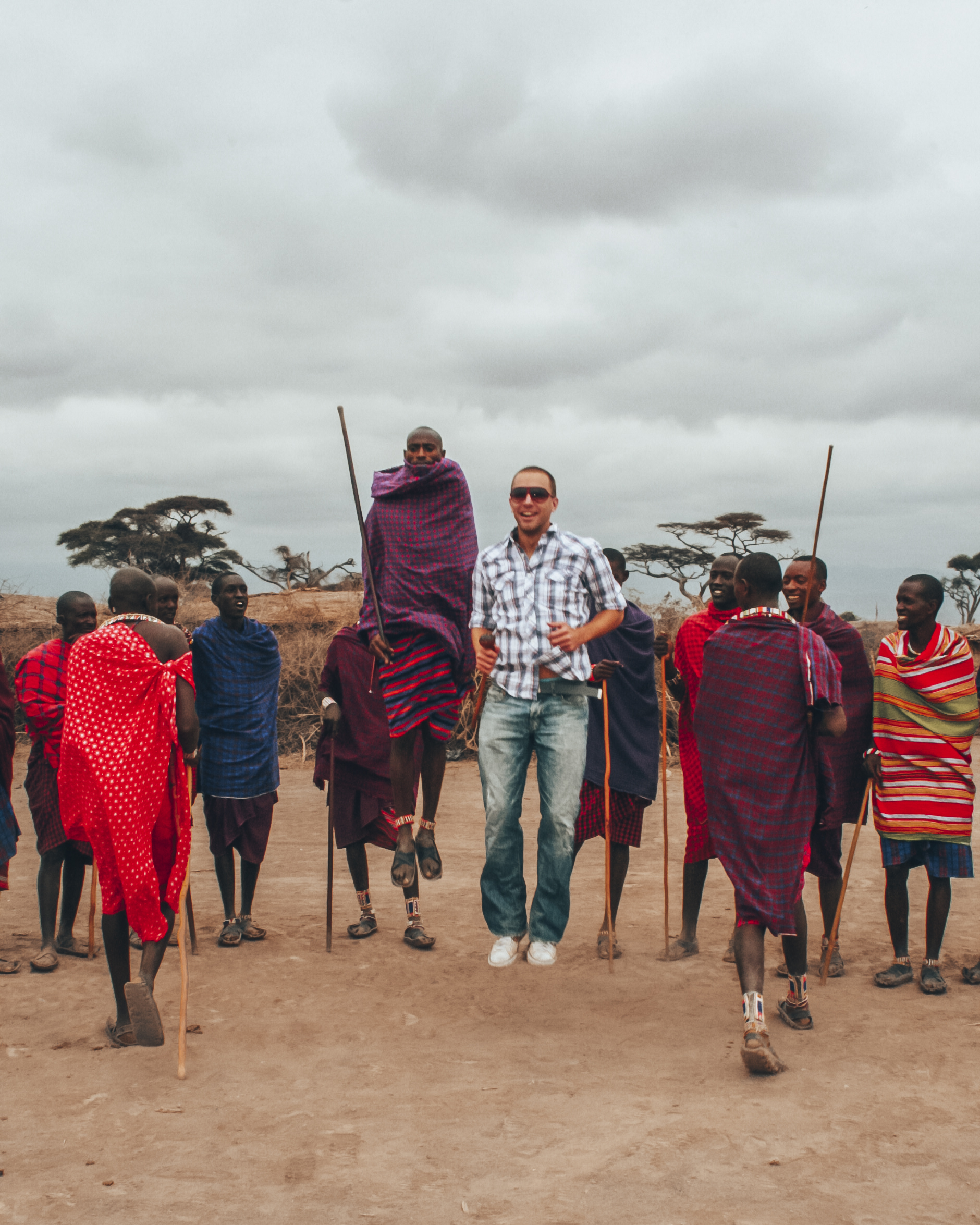
You also know they’re warriors who occasionally kill lions and live primarily off of their cattle’s blood and milk. But, did you know:
- Boys between 12 and 25 who have reached puberty will eventually become junior warriors, which is great. Except that part of the initiation involves a circumcision ceremony, performed without anaesthetic. The elders perform the ceremony with a sharpened knife and cattle hide bandages. The boys must endure the ceremony in silence, lest they bring dishonor to their family;
- Young women undergo circumcision (excision; emorata) as well, and are then ushered into an arranged marriage. Women who aren’t circumcised are mostly considered not marriageable;
- Warriors are not allowed to have sexual relations with circumcised women, though they may have girlfriends who are uncircumcised girls;
- The Maasai are traditionally polygynous;
- Conversely, polyandry is also practiced. A woman sorta marries not just her husband, but an entire age group. Men are expected to give up their bed to a visiting age-mate guest. And then the woman decides (strictly on her own) if she will join the visiting male. Any child as a result of the visit is the husband’s child; and
- They pull out baby canine teeth of the children, as those teeth are though to bring sickness.
Ok, so, um…some pictures now.
